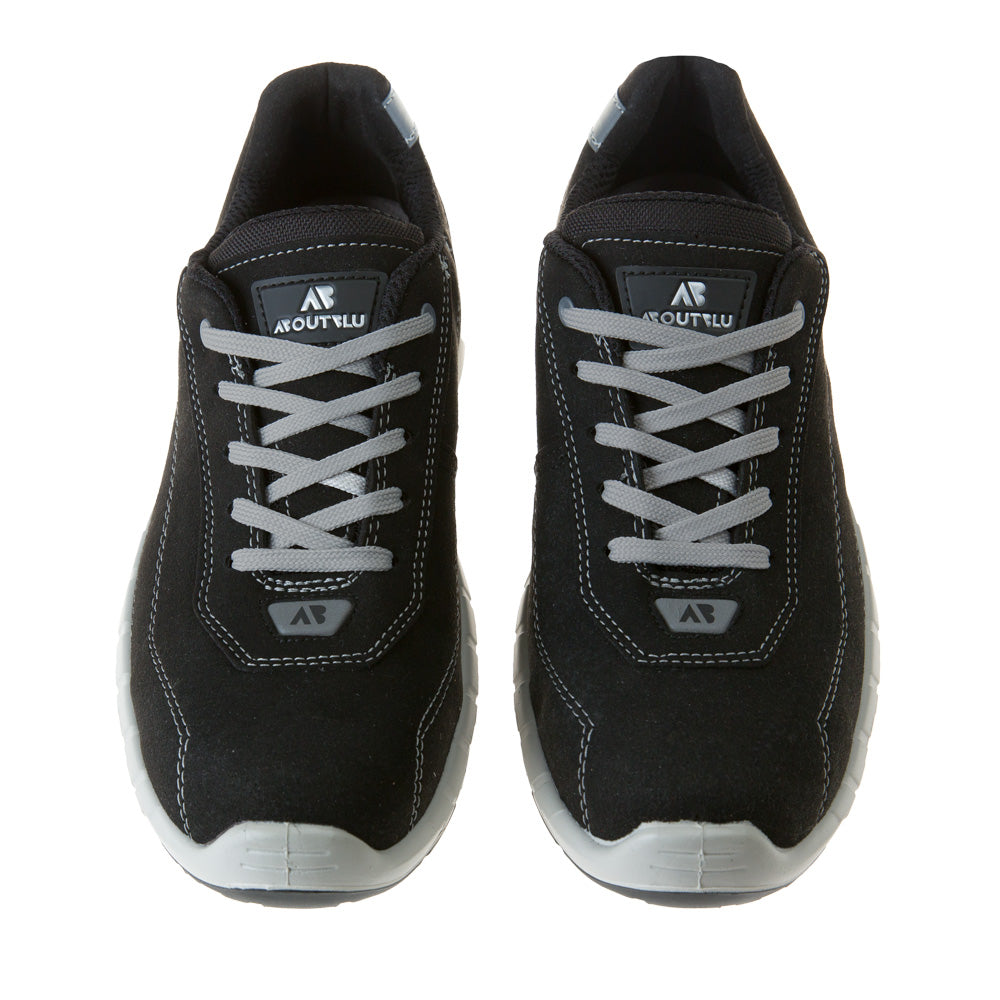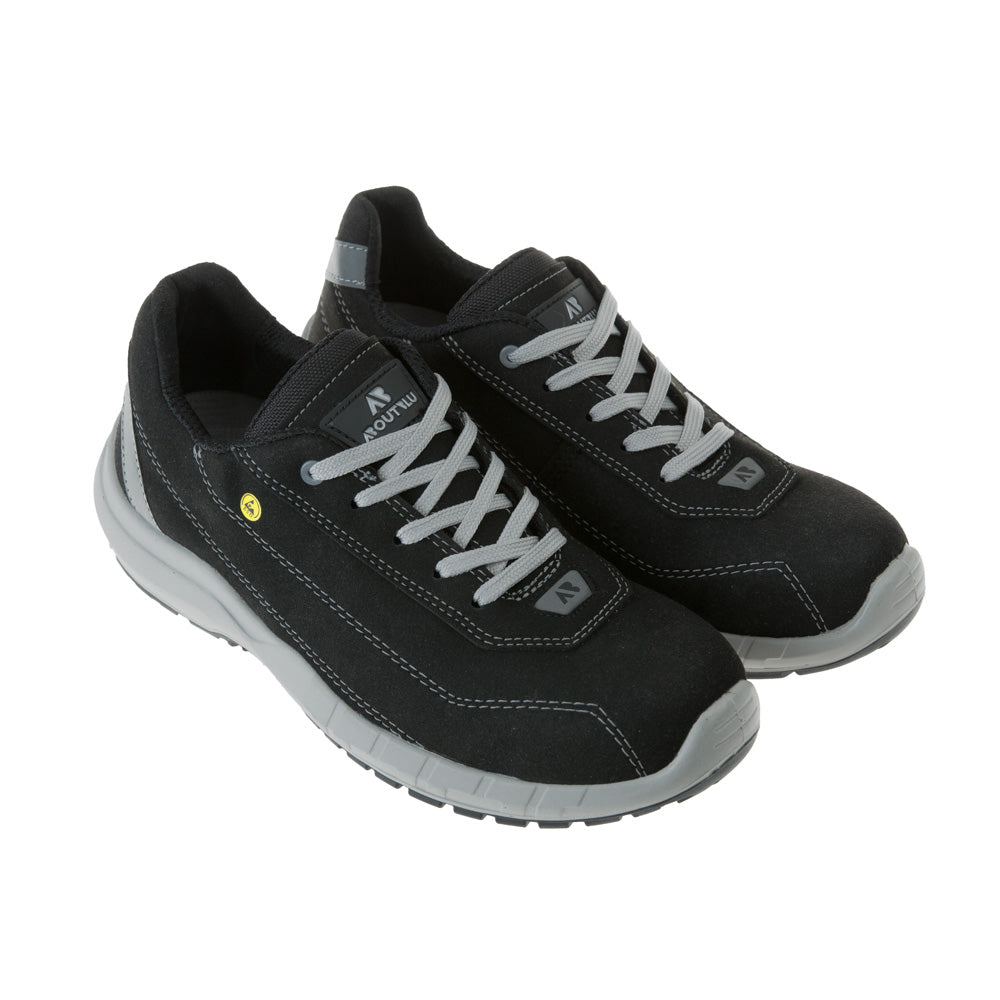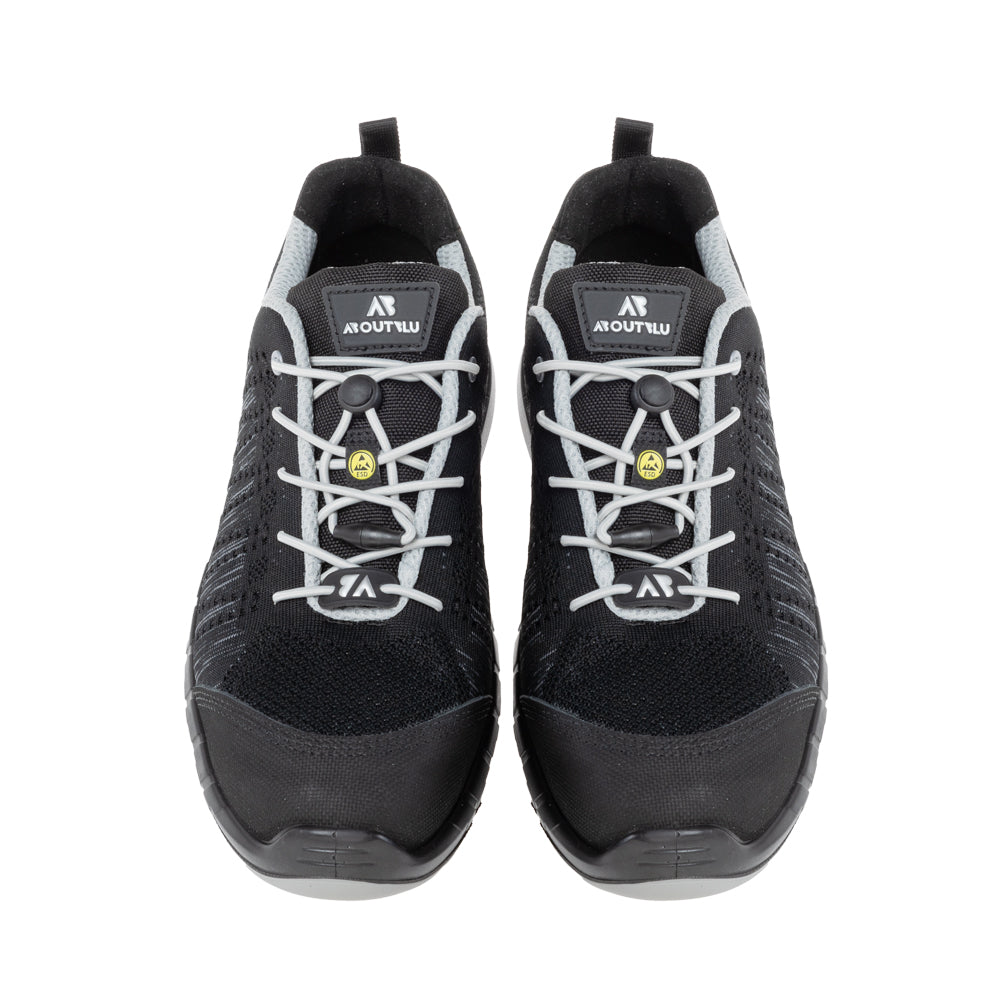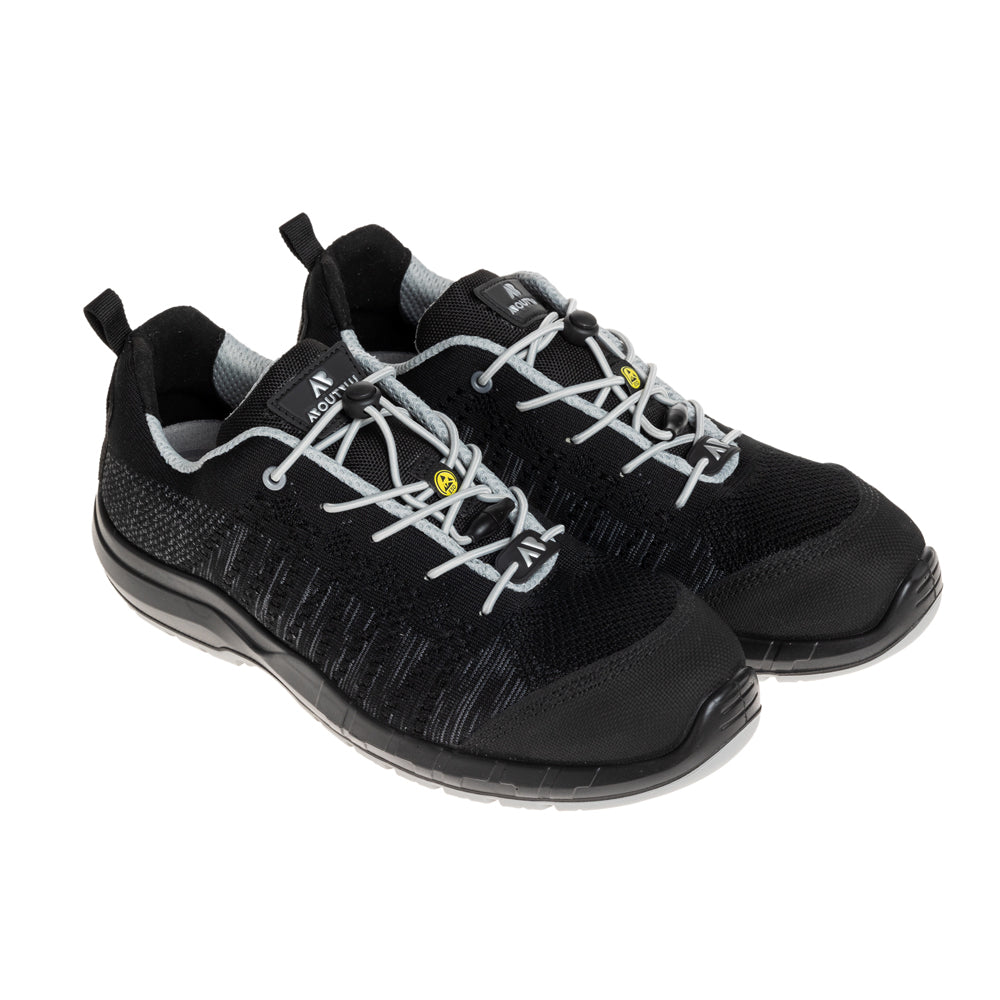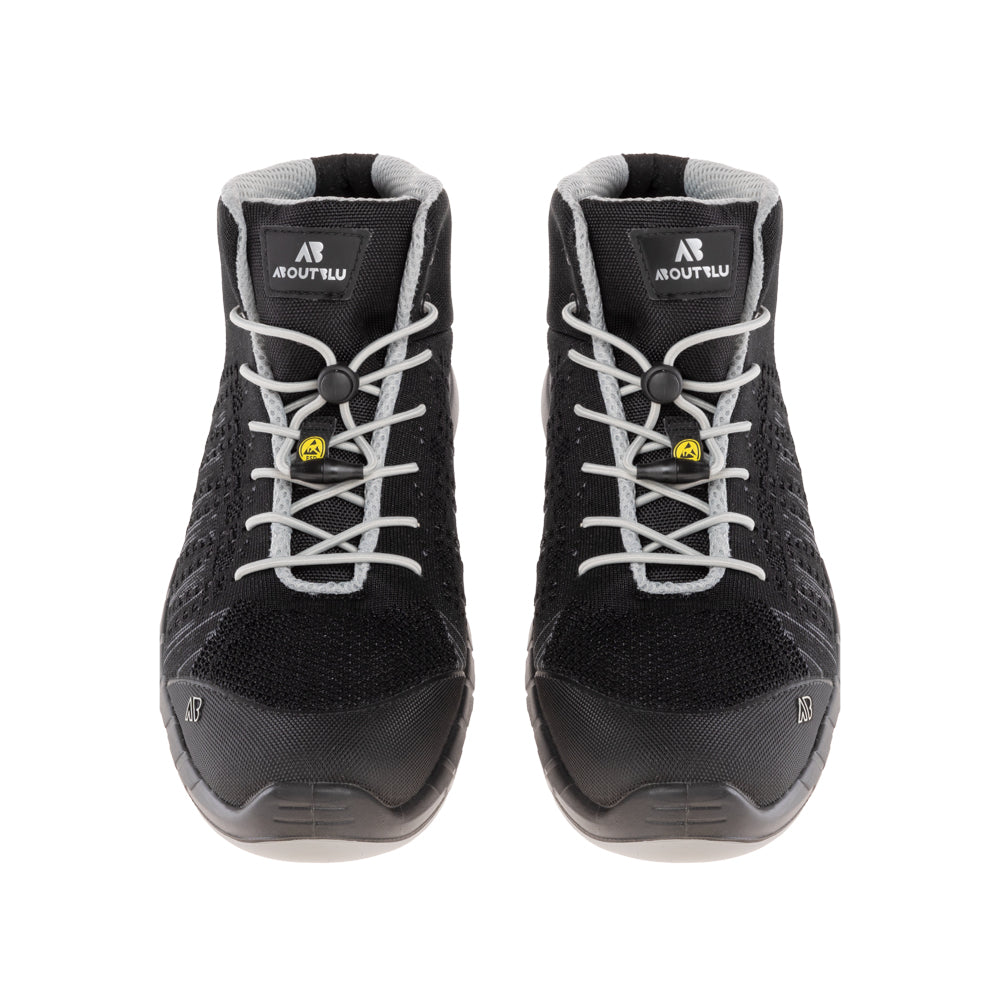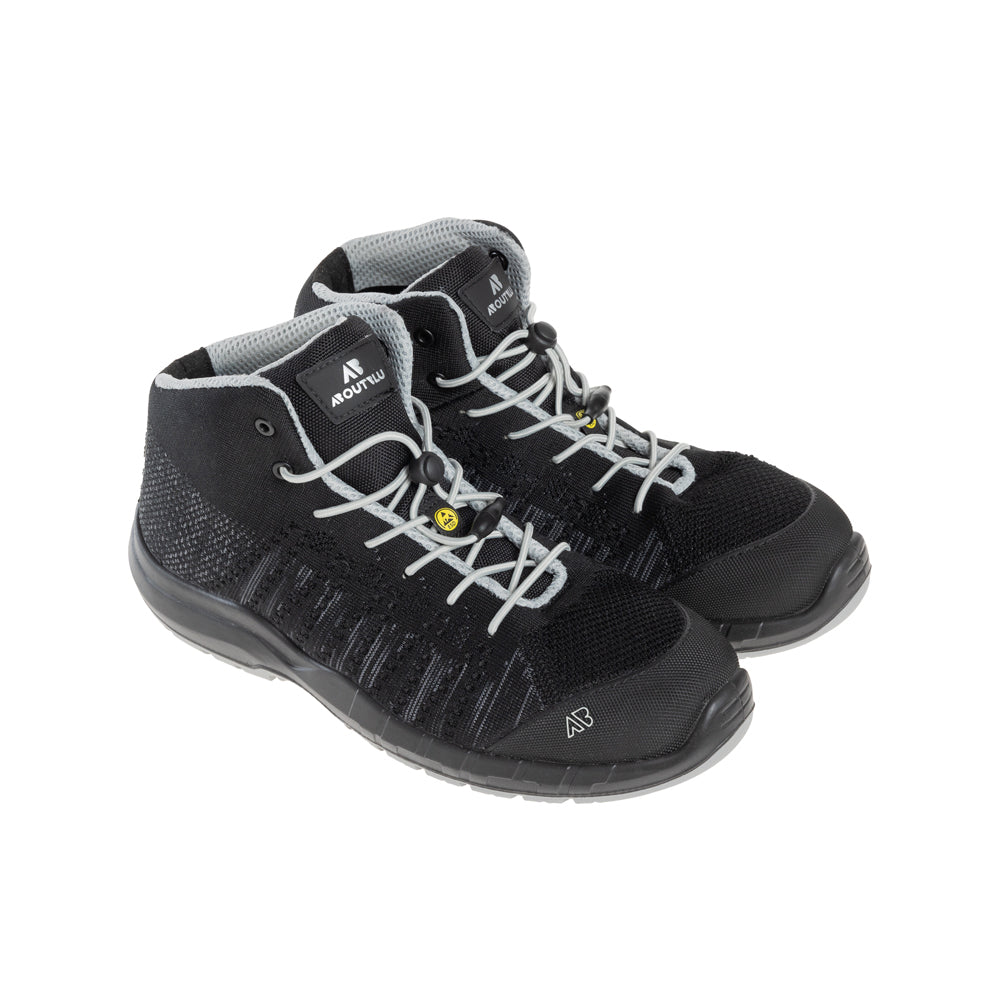Walk into any builders’ merchant at eight on a Tuesday and you can tell who knows their gloves. The spark who squeezes a pair, rolls the wrist to check the knit, then smiles because the coating feels right for cable work. The chippy who grabs something thin for delicate cuts but tough enough to drag sheets. The plumber, palm still smelling faintly of flux, hunting for grip that works in the wet. Good choices are not luck. They are small, repeatable decisions. If you searched for trade safety gloves UK and want a clear way to compare options and pick the right pair, this is your roadmap.
I’ll keep it practical. What each material is good at. How coatings change grip. What the numbers on the label mean. And a few job-based picks you can hand to the apprentice without a long lecture - with three easy options you can buy in seconds:
-
All-round performance with cut and grip: Stanley Extreme Performance Gloves
-
Precision with protection for second-fix and framing: Stanley Framer 3 Finger Gloves
-
Maximum dexterity when you need bare-finger feel: Stanley Fingerless Performance Gloves
Start with the job, not the brand
Gloves are tools. Choose them like you choose a blade or a bit. Begin with the main risks on the task.
-
Sharp edges and burrs
-
Wet or oily conditions
-
Heat or brief contact with hot parts
-
Splashes from chemicals or sealants
-
Cleaning and light handling that still needs skin protection
-
Live electrical work where only specific insulating gloves are appropriate
Write the task, then match the glove. You’ll waste less money and get fewer sore hands.
Liners and fibres in plain English
The liner is the skeleton of the glove. It decides comfort, breathability and much of the cut performance.
-
Nylon and polyester knits give you a smooth, flexible base. Great dexterity, lighter feel, easy all-day wear.
-
HPPE and glass blends push cut resistance higher while staying slim. A good choice for metalwork and sharp laminate edges.
-
Aramid fibres bring excellent cut resistance and a calm hand around heat. Pricier but proven.
-
Cotton-rich knits feel kind on skin and handle light heat, though they won’t match modern cut levels in a slim profile.
-
Leather is still king for rugged handling and heat spread. Think rigger styles for heavy site work and split-leather palms for welding tasks.
-
Disposable nitrile or latex for splash protection during short messy jobs. Thin, close feel - but use chemical-rated gloves for serious chemicals.
Comfort note. Seamless knits and snug cuffs reduce irritation. A good trade glove disappears on the hand after five minutes. If it nags, you picked the wrong cut or size.
Coatings and why they change everything
The same liner can behave very differently depending on the palm and fingertip coating.
-
Polyurethane is thin and precise. Dry grip is crisp. Perfect for fiddly work or setting first fix. Not the best in oil.
-
Smooth nitrile shrugs off oil and fuel, keeps a barrier, and resists many sealants. Grip can be slick unless the surface has texture.
-
Foam nitrile adds micro-pores that create suction in light oil and damp. A real step up for fabrication and automotive tasks.
-
Sandy or micro-foam nitrile bites into wet steel and offers the best all-round wet and oily grip in a close-fit glove.
-
Latex crinkle loves rough timber and wet bricks. Big grip and bounce, but not ideal around oils and some have latex sensitivities.
-
PVC is hardy in oils and many chemicals and lasts on rough surfaces, though breathability drops.
If you work between wet and dry all day, foam nitrile with a breathable back is the quiet hero. If your day is precision and clean parts, polyurethane keeps the feel you need.
What the numbers on the label mean
Trade gloves in the UK carry European standard markings. Short version:
-
EN 388 for mechanical risks. You’ll see four numbers then two letters: abrasion, coup-cut, tear, puncture, then the lettered cut level A–F (higher is tougher) and optional impact.
-
EN 407 for thermal risks like contact heat and small splashes of molten metal. Higher numbers mean better performance for that heat test.
-
EN 374 for chemicals and micro-organisms. Only trust gloves for chemical use when they show the beaker symbols and type rating with letter codes for the chemicals tested.
-
EN ISO 21420 is the general requirements standard for sizing, dexterity and innocuousness.
You don’t need to memorise everything. Learn to spot the EN 388 cut letter, and know that EN 407 exists for heat and EN 374 for chemicals. Then check the spec sheet for your exact task.
Fit that protects and keeps people happy
Size is not a guess. Measure around the palm and the length from fingertip to palm base. Try two sizes and choose the one that sits snug without squeezing. Fingers should reach the tip without pressure. A cuff that rides is a nuisance. A cuff that seals keeps grit out.
Touch screens? Pick a conductive-tip option or be ready to remove a glove every five minutes. That’s how gloves end up on the floor.
Five jobs and the pairs that win
Use these as starting points. Then tweak for your exact trade.
Carpentry and fit-out
Go light so you can feel edges and fixings. A nylon or HPPE liner with polyurethane or light foam nitrile coating is a sweet spot. Cut level B or C covers sheet goods and clean edges without bulk. If you want fingers-free precision for marking, screws and fine layout, keep Stanley Fingerless Performance Gloves in the pouch.
Framing and second-fix
You need dexterity for nails, fixings and the tape, but some knuckle protection and grip when things get quick. The Stanley Framer 3 Finger Gloves keep thumb, index and middle finger open for feel while guarding the rest of the hand.
Plumbing and heating
Wet grip matters. So does a barrier against oils and flux. Foam nitrile or sandy nitrile owns this space, often on a liner with cut level C for sharp copper ends. Stash a thin thermal-lined pair for winter callouts.
Metal fabrication and automotive
Sharp edges, oily parts, fast handling. HPPE or glass-fibre liners with cut level D or E and a foam nitrile palm are the daily driver. For a tough all-rounder that still keeps feel, the Stanley Extreme Performance Gloves hit that balance nicely.
Landscaping and site work
Latex crinkle on a robust liner is your friend for wet timber, posts and blocks. When you move to strimming or hedge cutting, consider thicker cuffs that keep debris out. For all-day damp kit, foam nitrile feels better and dries faster.
Cut level decoding without the faff
A rule of thumb that gets you close most of the time:
-
Level A or B — light assembly, packing, tidy handling
-
Level C — general trade, sheet goods, pipe ends, fit-out
-
Level D — metalwork, glazing, sharper edges in daily use
-
Level E or F — Designed for the toughest jobs where there’s a high risk of cuts from sharp or heavy materials, and you need maximum protection without slowing down your work.
Higher cut isn’t always better. You pay with stiffness and cost. Match the level to risk and task speed.
Wet, cold and dirty days
No glove does every season well. Build a simple two-set drawer for each user.
-
A breathable pair for dry days with maximum dexterity
-
A water-resistant or fully dipped pair for wet and oily work
-
Add a thin thermal-lined version of your favourite model for winter
-
Keep a box of disposables for glue, resin and quick mucky tasks so you don’t ruin the good pair
Swap pairs during the day. Dry hands are safe hands. Damp liners breed complaints and blisters.
Care that keeps them working
Gloves are consumables but they last longer with a minute of care.
- Shake out grit so it doesn’t sand your skin all afternoon.
- Wash coated knit gloves in warm water when dirty and air-dry flat.
- Don’t cook nitrile on a heater. It goes shiny and loses grip.
- Don’t use solvent to clean coatings. You’ll dissolve the very thing you paid for.
- Store away from sunlight and direct heat so fibres don’t age early.
- Replace when the coating thins, the liner fuzzes at the fingertips, or the label is gone.
A small bin marked dead gloves near the exit stops tired pairs sneaking back into vans.
Buying notes you can hand to the office
Write what you need in human words with the standard by its side.
-
Trade and task, described simply
-
Required grip environment: dry, wet, oily
-
Minimum cut level (EN 388 letter)
-
Thermal or chemical needs with the right standard where relevant
-
Coating preference for grip
-
Sizes to stock, including smaller hands
-
Touch-screen requirement yes or no
-
Any colour rules for your site so pairs are easy to tell apart
Ask for the data sheet. Keep one sample of each model on a peg board so people can try before you order in bulk.
Quick picks to get you moving
Short on time. Use this as a starter set for a mixed crew — and yes, you can buy all three right now.
-
All-round performance / metal & auto:
Stanley Extreme Performance Gloves — balanced grip and protection for fast handling. -
Framing, second-fix, tool feel:
Stanley Framer 3 Finger Gloves — open-finger dexterity where precision matters. -
Mark-up, fixings, fine layout:
Stanley Fingerless Performance Gloves — bare-finger control without going bare-handed.
Swap any line for your house favourite, just keep the specs honest.
Before you throw another pair in the trolley
Take thirty seconds. Think about the job, not the logo. Dry or oily. Sharp or not. Hot or cold. Then look for the correct safety rating label, depending on the job. Feel the coating with your thumb and index finger. If it grips the way the day needs, you’re close. If it feels wrong now it’ll feel worse halfway up a ladder.
That’s how trades choose well. Not with guesswork and not with the cheapest box. With a calm habit that matches risk to performance and comfort to fit. Do that and you’ll spend less, throw away less and protect the hands you rely on. Which, when you think about it, is the real point of trade safety gloves UK.





